In the course of watchmaking history, the advent of luminous watches marks a significant innovation. From early simple glowing materials to modern eco-friendly compounds, luminous watches have not only enhanced practicality but also become a pivotal technological advancement in horology. Their development unfolds a history rich in innovation and transformation.

Early luminous watches utilized radioactive materials, offering enduring brightness yet raising safety concerns. With technological progress, modern versions now employ non-radioactive fluorescent materials, ensuring both safety and environmental friendliness. Luminous watches, cherished by horologists and professionals alike, illuminate every moment—from deep-sea explorations and nocturnal operations to everyday wear, offering unique functionality and charm.
1. Zinc Sulfide (ZnS) - 18th to 19th Century
The origins of luminous watches can be traced back to the 18th and 19th centuries. Early luminous materials like Zinc Sulfide relied on external light sources for illumination, lacking intrinsic luminescence. However, due to material and technological limitations, these powders could only emit light for a short duration. During this period, luminous watches primarily served as pocket watches.

2. Radium - Early 20th Century
The discovery of the radioactive element Radium in the early 20th century brought revolutionary changes to luminous watches. Radium emitted both alpha and gamma rays, enabling self-luminescence after a synthetic process. Initially used in military instruments for clandestine visibility, Panerai's Radiomir series was among the first watches to utilize Radium. However, due to health risks associated with radioactivity, Radium was gradually phased out.
3. Gas Tube Luminous Watches - 1990s
Self-powered micro gas lights (3H) are a revolutionary light source crafted in Switzerland using innovative laser technology. They offer exceptionally bright luminescence, up to 100 times brighter than watches using fluorescent coatings, with a lifespan of up to 25 years. BALL Watch's adoption of 3H gas tubes eliminates the need for sunlight or battery recharging, earning them the moniker of "king of luminous watches." However, the brightness of 3H gas tubes inevitably diminishes over time with use.

4. LumiBrite - 1990s
Seiko developed LumiBrite as its proprietary luminous material, replacing traditional Tritium and Super-LumiNova with options in various colors.
5. Tritium - 1930s
Due to concerns over Radium's radioactivity and technological limitations of the time, Tritium emerged as a safer alternative in the 1930s. Tritium emits low-energy beta particles to excite fluorescent materials, notable in Panerai's Luminor series for its lasting and significant luminosity.

6. LumiNova - 1993
LumiNova, developed by Nemoto & Co. Ltd. in Japan, introduced a non-radioactive alternative using Strontium Aluminate (SrAl2O4) and Europium. Its toxicity-free and non-radioactive properties made it a popular choice upon its market introduction in 1993.
7. Super-LumiNova - Around 1998
A Swiss iteration of LumiNova, Super-LumiNova by LumiNova AG Switzerland (a joint venture of RC Tritec AG and Nemoto & Co. Ltd.), gained prominence for its enhanced brightness and extended glow duration. It became a preferred choice for brands like Rolex, Omega, and Longines.

8. Chromalight - 2008
Rolex developed Chromalight, a luminescent material emitting blue light, specifically for its Deepsea professional diving watches. Chromalight outperforms Super-LumiNova in glow duration and intensity, maintaining stability throughout prolonged dives for over 8 hours.

Luminous watch powders are categorized into three main types based on their luminescence principles: photoluminescent, electroluminescent, and radioluminescent.
1. Photoluminescent
--Principle: Absorbs external light (e.g., sunlight or artificial light) and re-emits it in darkness. Glow duration depends on light absorption and material characteristics.
--Representative Materials: Zinc Sulfide (ZnS), LumiNova, Super-LumiNova, Chromalight.
--Brightness Enhancement: Ensuring sufficient charging during exposure to light and using high-quality materials like Super-LumiNova.
2. Electroluminescent
--Principle: Emits light when electrically stimulated. Enhancing brightness typically involves increasing current or optimizing circuit design, impacting battery life.
--Representative Materials: The most common material used in electroluminescent displays is zinc sulfide (ZnS) doped with copper for green emission, manganese for orange-red emission, or silver for blue emission.
--Brightness Enhancement: Increasing the applied voltage or optimizing the phosphor material can enhance brightness. However, this also affects power consumption and may require a balanced approach to ensure efficient operation.
3. Radioluminescent
--Principle: Emits light through radioactive decay. Brightness is inherently tied to the decay rate of the radioactive substance, necessitating periodic replacement for sustained brightness.
--Representative Materials: Tritium gas combined with phosphor materials such as zinc sulfide (ZnS) or phosphors like phosphor mixtures based on zinc sulfide.
--Brightness Enhancement: The brightness of radioluminescent materials is directly proportional to the rate of radioactive decay. To ensure sustained brightness, periodic replacement of the radioactive substance is necessary as its decay rate decreases over time.

In conclusion, luminous watches stand as guardians of time, combining unique functionality with aesthetic design. Whether in the depths of the ocean or beneath a starlit sky, they reliably guide the way. With diverse consumer demands for personalized and functional products, the market for luminous watches continues to diversify. Established brands innovate continuously, while emerging ones seek breakthroughs in luminous technology. Consumers prioritize the integration of design aesthetics with luminous effectiveness and practical utility in specific environments.
NAVIFORCE offers high-value sports, outdoor, and fashion watches with eco-friendly luminous powders that meet European quality standards. Explore our collection and let us light up your journey. Have questions or need assistance? Our team is ready to help you make your time count.
Post time: Jul-31-2024






 Men
Men
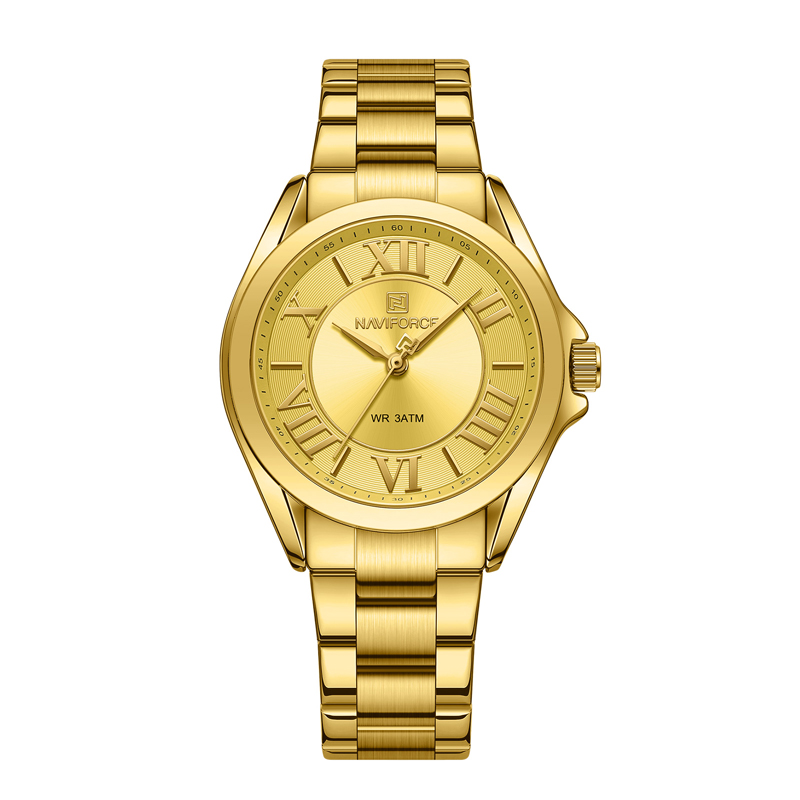 Women
Women
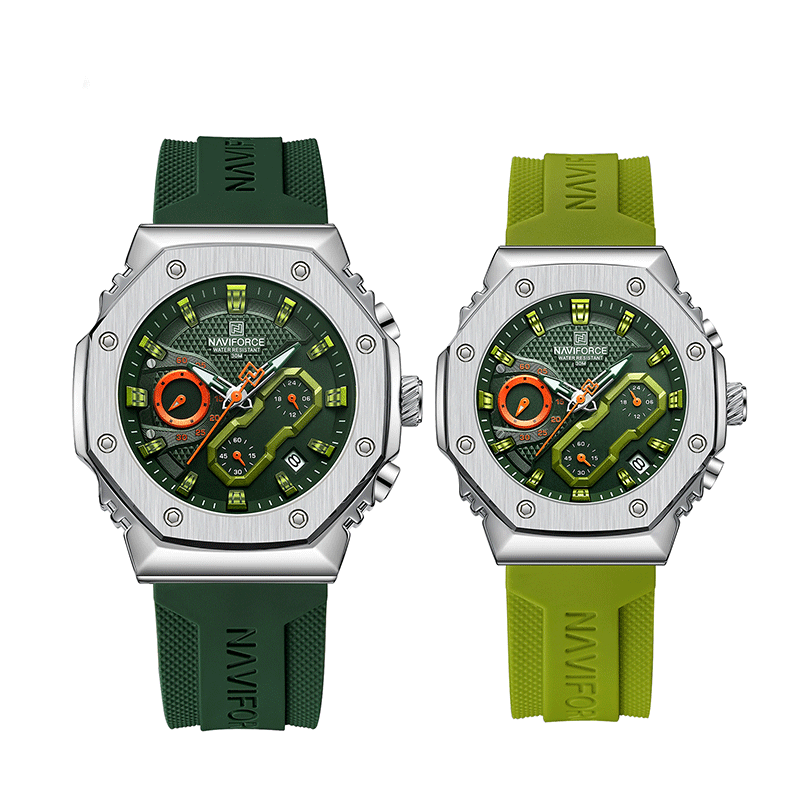 Couples
Couples
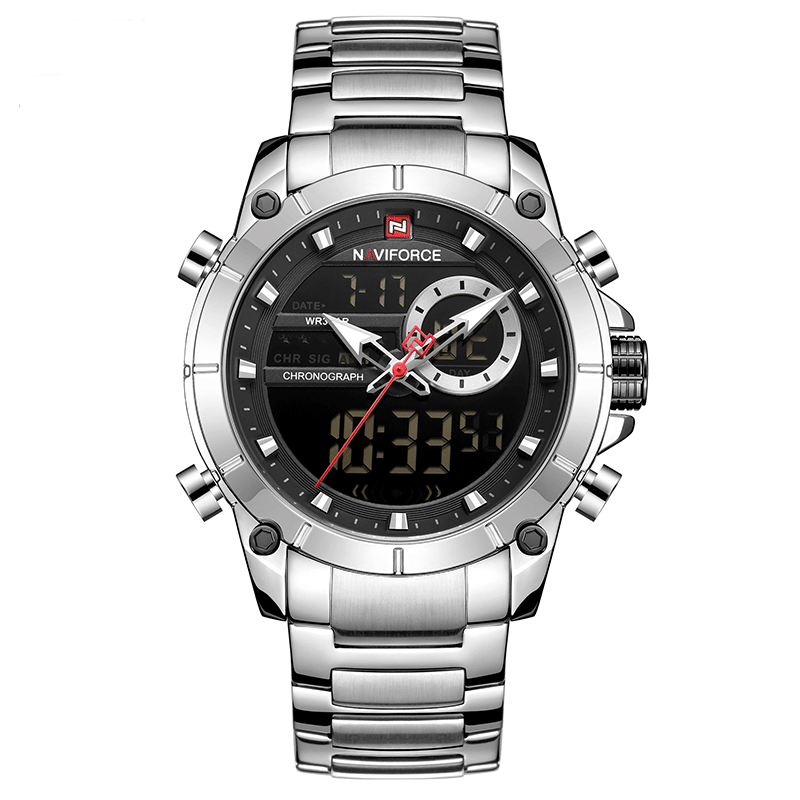 Digital Watch
Digital Watch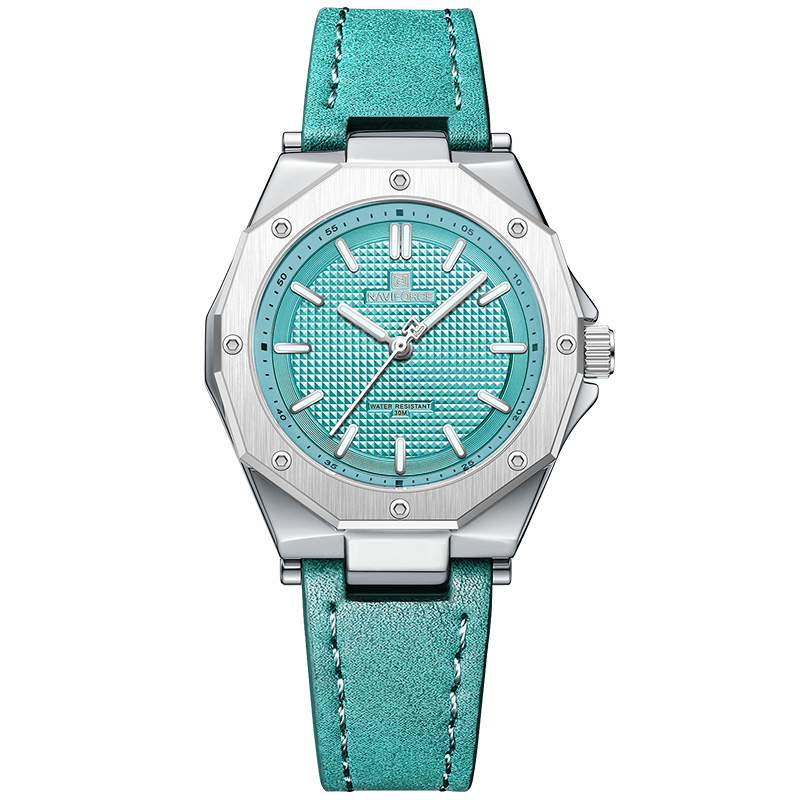 Quartz
Quartz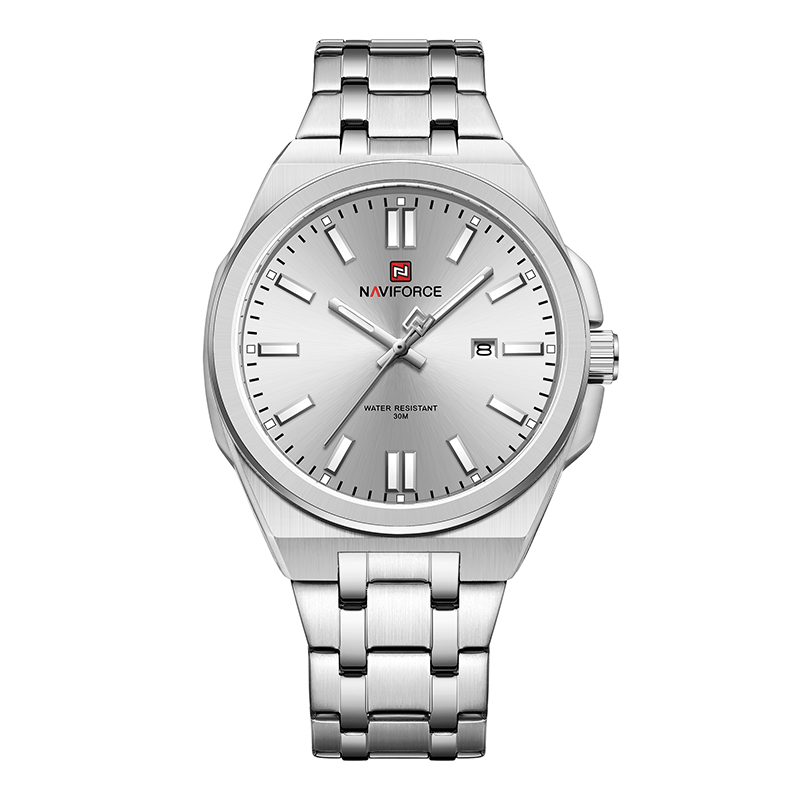 Quartz
Quartz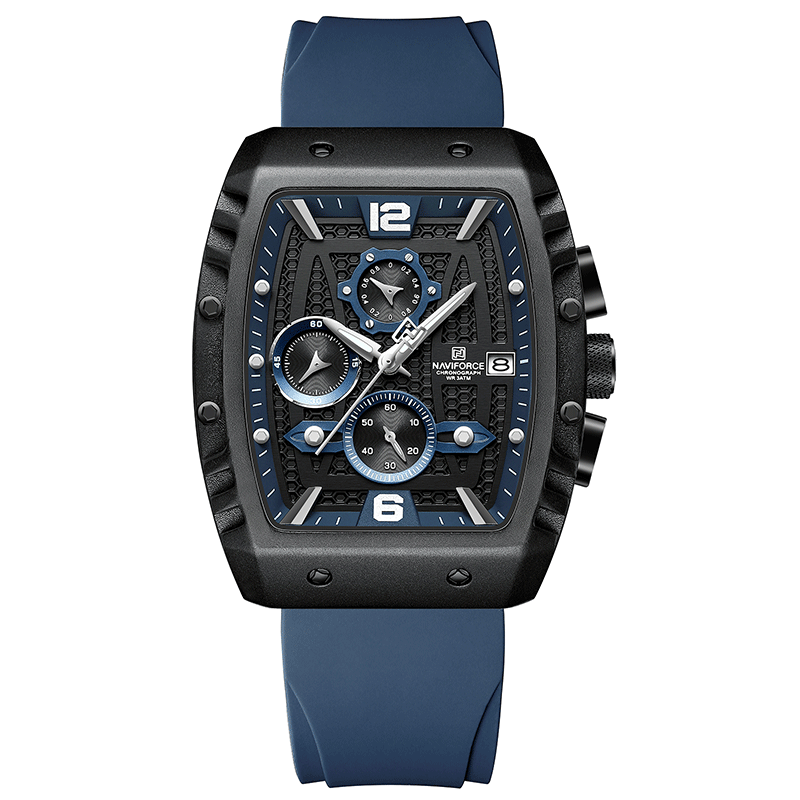 Quartz
Quartz  Quartz
Quartz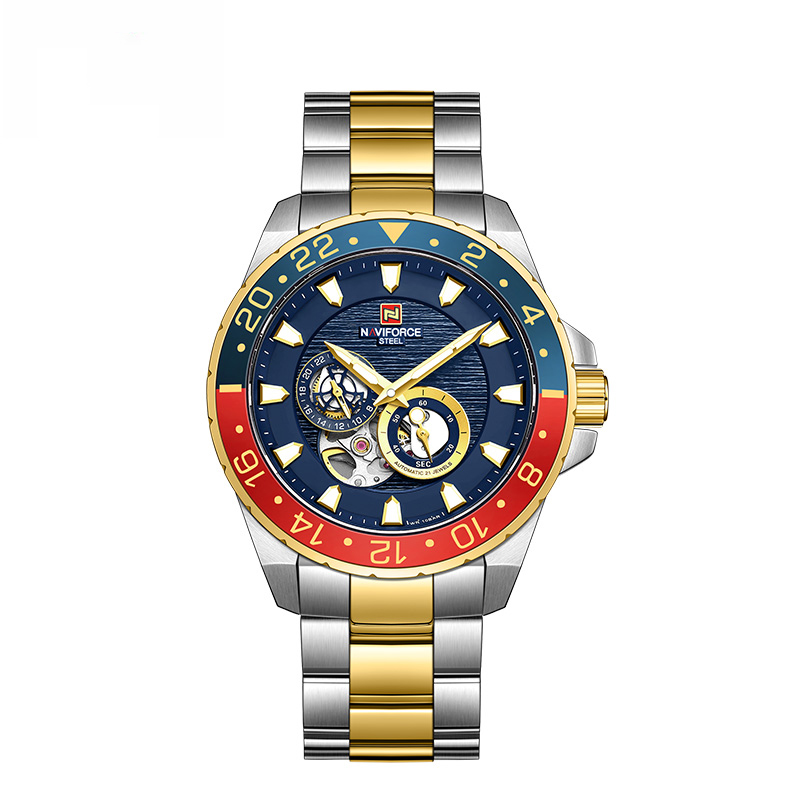 Automatic Mechanical Watch
Automatic Mechanical Watch
 Solar-Powered Watch
Solar-Powered Watch
 Smart Watch
Smart Watch












